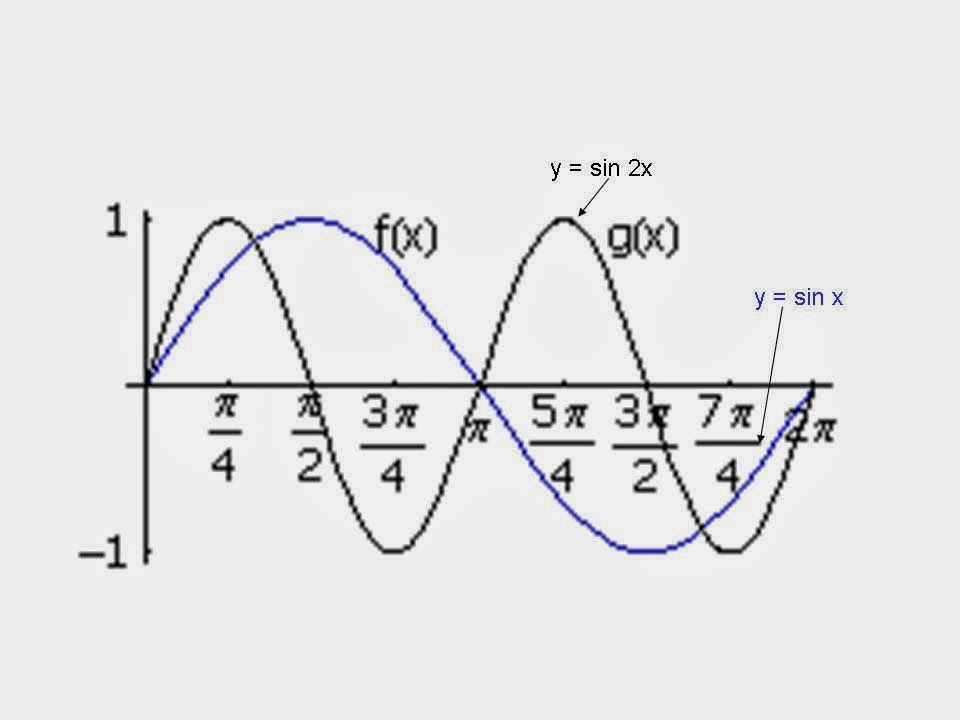Method 1 - Column Method
Add your answers together
Method 2 - Grid Multiplication
Method 3 - Chinese Multiplication or Lattice Method
You can use these methods when multiplying decimals.
For example 46 x 37 = 1702, so 0.46 x 3.7 = 1.702, how every many decimal places are in the question there are the same amount in the answer.
Long Division:
You can either do long multiplication the short division way or using the long division method.
Using the short division method:
I found this video on youtube which explains it well
Using the long division method
Again this video should help
When dividing decimals if the decimal is in the second number we must deal with this before attempting division.
5.39 divide 1.1. To make the second number not a decimal we multiply by ten, but whatever we do to the second number we must also do to the first so our calculation becomes 53.9 divide 11 which is 4.9. This is our answer.




















